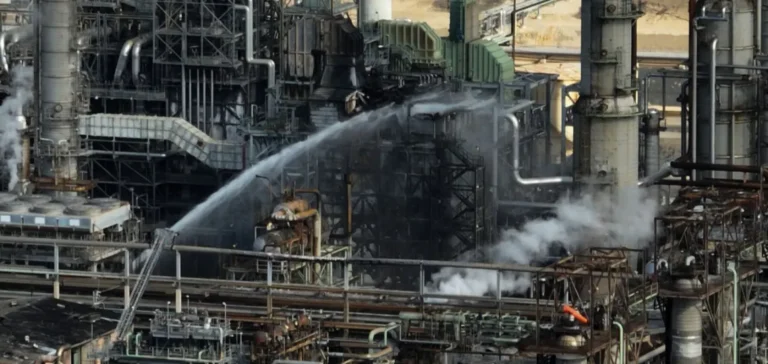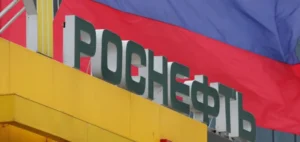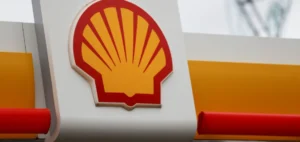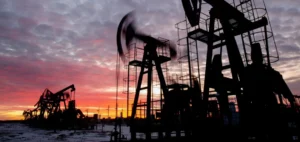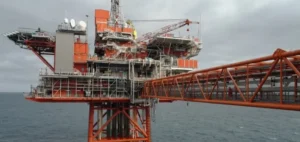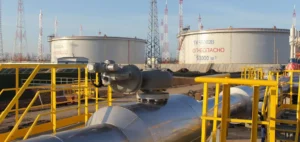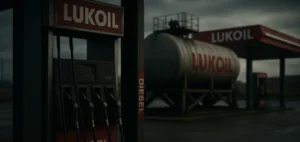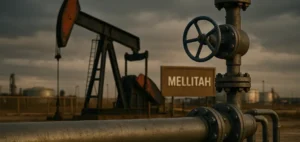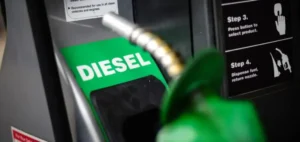Chevron Corporation announced that it is working to gradually restart several processing units at its El Segundo refinery in California following last week’s fire. The company stated that the facility continues to produce transportation fuels, though at reduced rates. The incident led to the temporary shutdown of several key units, affecting the site’s production capacity.
A strategic facility for California
Located near Los Angeles, the El Segundo refinery is the second largest in California and Chevron’s second biggest in the United States. It supplies around one-fifth of the state’s motor fuel and 40% of the jet fuel consumed in Southern California. The fire, which was contained to the ISOMAX unit — one of the refinery’s eight processing units — was extinguished on Saturday morning, according to the company.
Market monitoring and high regional inventories
Although the company did not make any predictions about market activity, it noted that petroleum product inventories on the U.S. West Coast (Petroleum Administration for Defense District V, or PADD V) remain higher than average. These elevated stock levels could help mitigate supply disruptions resulting from El Segundo’s temporary production slowdown.
Investigation into the cause of the incident
Chevron confirmed that an internal investigation is underway to determine the cause of the fire, in coordination with the California Division of Occupational Safety and Health. The company did not specify how long it expects the full restart process to take. It stated that its priority remains ensuring worker safety and operational stability before resuming full capacity.


